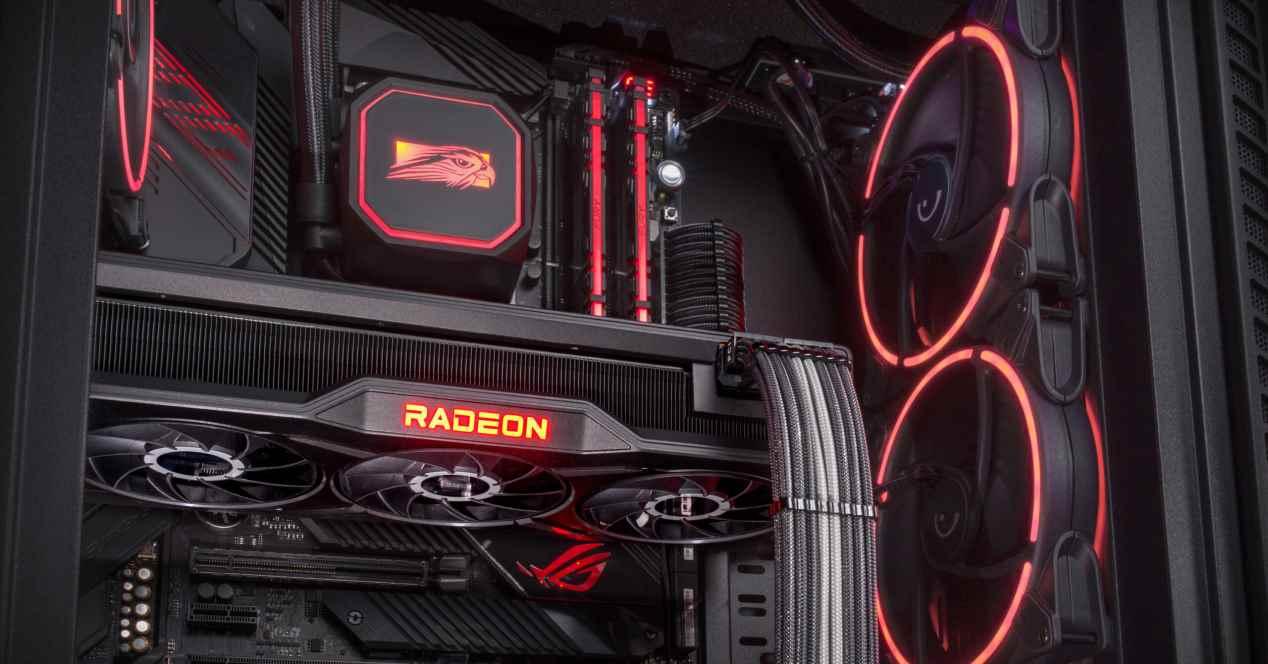One of the things you’ll hear the most about AMD’s Radeon RX 7000 series is the concept of frames per euro. All this to take advantage of the void left by NVIDIA due to the high price of the RTX 4090 and RTX 4080. Not in vain, Lisa Su’s commitment to graphics has been clear. Ray Tracing is always a superfluous extra and what matters is the number of frames per second that are achieved without activating said function. However, it’s a double-edged sword and it could cost them dearly.
A story that repeats itself?
In the year 2000, 3dfx Interactive declared bankruptcy after dominating the 3D card market with its popular Voodoo. NVIDIA launched its first GeForce with an integrated geometry engine, which ran the entire 3D pipeline on the graphics card and was not dependent on the CPU. 3dfx’s answer? Say it wasn’t necessary and shoot the processor. In the end, they paid dearly for not betting on the future and throwing up a thousand and one excuses not to, creating a huge performance disadvantage as soon as games started increasing the number of polygons per second. This meant that, seeing the huge performance advantage of NVIDIA cards, they ended up taking the leap to abandon their rival with disastrous consequences.
AMD with Ray Tracing has a similar attitude. The implementation in its graphics is poor and delays the adoption of said technology in the PC. Which suggests it’s a ploy to boycott NVIDIA’s commitment to Ray Tracing. One can understand that those of Lisa Su, since they have no interest in the AI market, do so, not including tensor units in their graphs, even if they hypocritically do so in CDNA. However, one only has to look at how ray tracing has been approached over the past two generations to realize the problem.
On the RX5000
Well in these maps we don’t need to talk about Ray Tracing in AMD because they haven’t added the much needed unit to calculate the intersection of each emitted ray with each pixel or group of pixels of the stage. In other words, its own RT Core. Which led to the start of the Ray Tracing race a generation after NVIDIA.
On the RX6000
Entering the second generation, NVIDIA doubled the compute capacity of its RT cores and doubled the number of 32-bit floating-point units in its cores, from 64 to 128. This was a significant performance improvement in the future. lots of computing power. It is not for nothing that at equal speed and cores, the amount of TFLOPS in NVIDIA can be doubled.
AMD instead responded with a poor solution with its Ray Acceleration Engine, the equivalent of NVIDIA’s RT Cores, but lacking in key features to speed up Ray Tracing. Which leads to a huge difference in performance and seeing how the frames per second to enable Ray Tracing drops.
What do we know about the AMD RX 7000?
There are a lot of rumors about the next generation of graphics cards under the Radeon brand, but we will focus on what little we know officially from AMD, especially the renewed GPU core or compute unit. Well, the logical thing is to think that the new compute unit for RDNA 3/RX 7000 will have 128 units instead of the current 64. But the point that interests us is whether the Ray Acceleration Engine, that is the equivalent of NVIDIA’s RT Core, has evolved sufficiently so that in the next generation we do not have a performance drop with active ray tracing.
We have reached the point where at high ranges we have so much power in a graphics card that it is necessary to give it 100% extra work in the form of Ray Tracing. The proof is in seeing how the RTX 4090 lowers the piston to render games that don’t use ray tracing in 4K with full detail. So any buyer who has spent the money on a high-end model will want to test their games to the max and look for the previous generation’s performance cuts.
Table of Contents










